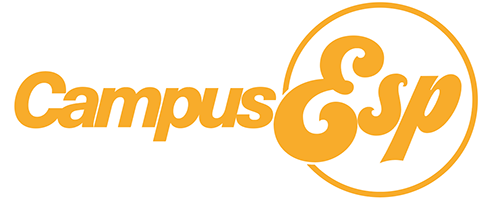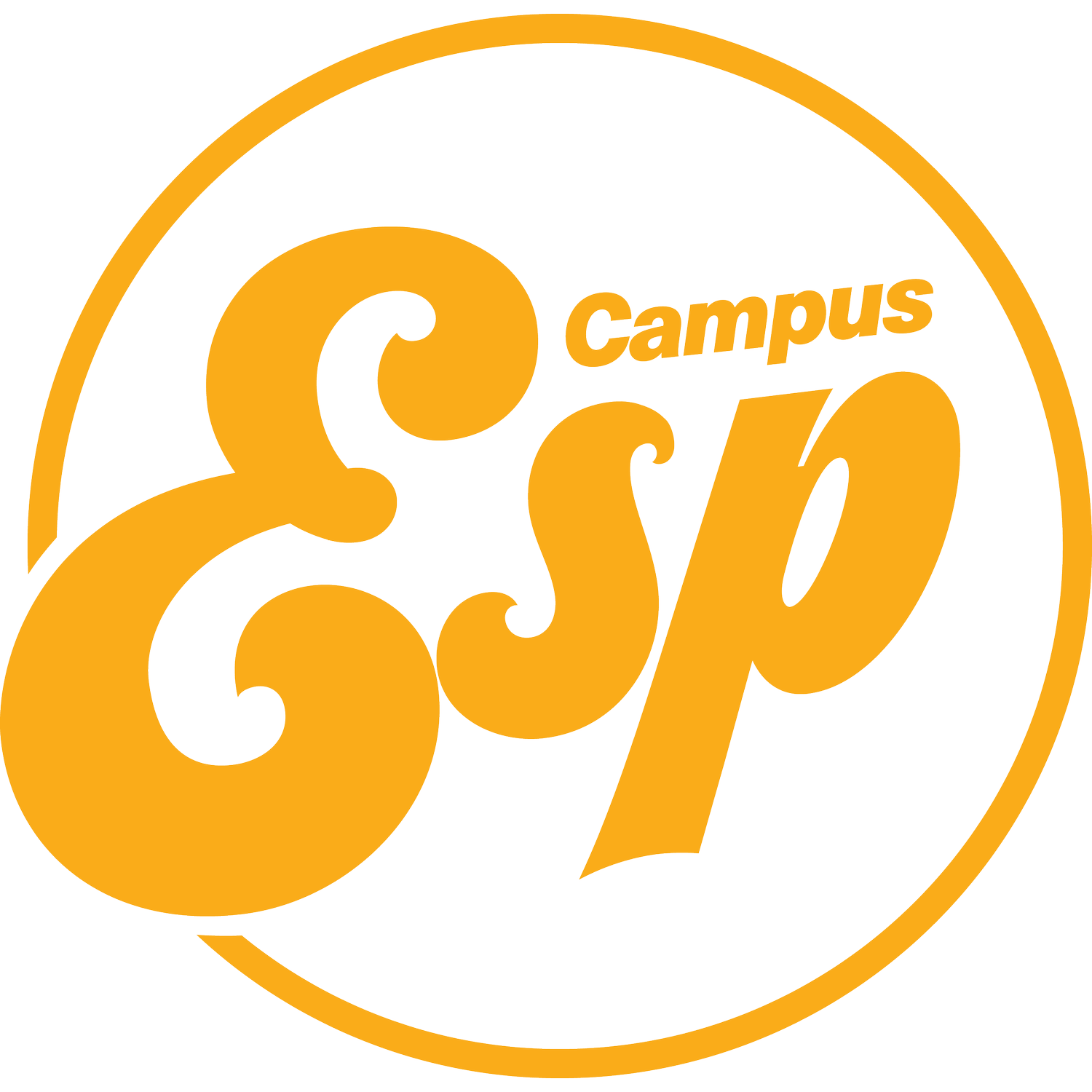How Texas A&M pulled off virtual orientation for 14,000 families
Like many institutions, Texas A&M usually welcomed families onto campus for in-person orientation sessions. And like many institutions, Texas A&M decided that would not be happening during the 2020 COVID-19 pandemic… only 6 weeks before the first session would start in May. For most colleges and universities during this challenging time, they required a new game plan– and one that could be implemented fast.
Libby Daggers, Coordinator of Family Programs at Texas A&M, and Alex Jantz, Assistant Coordinator, receive the ESP MVP Award (safely, of course!)
Texas A&M joined 20 institutions in moving to CampusESP for their first ever Zoom-fueled orientation. And our partners at Texas A&M created something amazing. They pulled off a robust virtual orientation program in two weeks that served over 14,000 families, including tracks designed for first-year, transfer and Spanish-speaking families.
Here’s a quick snapshot of their results:
Texas A&M sent over 262,000 emails with orientation information. The average email open rate was a whopping 67%, and the average click rate on email content was 18%. During that time, there were over 245,000 clicks on orientation content.
During orientation, there were up to 5x more active users than in previous months.
After orientation, there was a 40% increase in users who completed their profiles.
And the best part? 95% of family members reported that orientation prepared them for their student’s first year at Texas A&M. That is the exact same result from in-person orientation in 2019.
Based on these outstanding results, we’re awarding our annual 2020 ESP MVP Award to Texas A&M University (that’s right… virtual orientation is pretty much the best thing that happened in 2020!).
Texas A&M’s virtual parent orientation playbook
As a large institution, Texas A&M has many departments with a stake in orientation. The main goal coming from our partners in the Office of New Student and Family Programs was to provide information that would be timely, helpful, and mirror the new student orientation experience.
Parent orientation can be a great opportunity to put families on the right track by providing resources and information to help parents support their student throughout the college experience. Hosting parent orientation alongside student orientation can assist families in staying informed and aligned on what to expect from college. While hosting a virtual orientation may seem daunting, with the right tools you can be set up for success.
Here’s Texas A&M’s playbook (managed by only 2 people).
1. Set up unique “Orientation Hubs”
Most CampusESP partners created a single Orientation Hub for all incoming families. For context, the Orientation Hub consolidates all orientation content in one place for parents. Texas A&M took it one step further. They created unique Orientation Hubs for first-year families, transfer families and Spanish-speaking families. This allowed them to fully personalize the orientation experience with information that would be most relevant for each group. Plus, creating a Hub for specifically Spanish-speaking families makes it easy for Texas A&M to send orientation information in Spanish to the right group.
2. Import families into Orientation Hubs
Texas A&M loaded all new families into the Orientation Hubs, ensuring that they would receive the right information at the right time. They loaded new users in phases– across several orientation “sessions” that spanned the course of two months– which allowed them to control the volume of new families entering orientation. The volume control was crucial for an office of two serving a massive population.
3. Provide helpful information and support
Texas A&M leveraged CampusESP content tools, including video, email, event registration and in-app posts, to share important information. More specifically, Texas A&M would share pre-recorded video sessions, PDF flyers and written content about campus resources. Comment moderation tools helped them answer questions and control the tone of the conversation.
A view into the Aggie Parent & Family Connection’s orientation content for 2020.
4. Organize parent orientation information into weekly tracks
Texas A&M summarized all orientation information within four thematic tracks. Each week, new content would be added to the Orientation Hub according to the theme. At the end of the week, Texas A&M rounded up with an email summarizing the track’s most important information. Providing content both in-app and over email helped Texas A&M reach more parents and meet them at their preferred level of involvement.
5. Measure the results
CampusESP provides real-time feedback on which content is/isn’t resonating with families, which topics families want more information about, and which families need more support. The user engagement results made it clear that virtual orientation at Texas A&M was a success. Which is the perfect segue…
Virtual parent orientation earns 245,000 content clicks
Texas A&M served over 14,000 parents in their virtual orientation program. These parents had a very high level of engagement and satisfaction with the platform– more than anyone expected.
Between May and July of 2020, Texas A&M sent over 262,000 emails with orientation information. The average email open rate was a whopping 67%, and the average click rate on email content was 18%. During that time, there were over 245,000 clicks on orientation content.
Texas A&M also experienced their highest level of active users (or visitors to the CampusESP platform)... well, ever. During orientation, there were up to 5x more active users than in previous months.
The surge in parent activity helped Texas A&M with other elements of its family engagement strategy too. After orientation, there was a 40% increase in users who completed their profiles or provided valuable contact information.
Parent usage in the portal was highest during 2019 parent orientation.
95% of family members reported that orientation prepared them for their student’s first year
Perhaps the most important result is that virtual orientation built trust with families and prepared them for the year ahead. In a post-orientation assessment, 95% of family members reported that A&M’s online orientation prepared them for their student’s first year. This is the exact same result from in-person orientation in 2019, which goes to show that virtual engagement can be effective when done well.
“I applaud all of your attentiveness to keeping parents in the loop during these uncertain times! Your efforts are noticed and appreciated!”
“I am very pleased with the depth of information and clarity it is presented with. We are new to the Aggie world, and we are not very tech savvy. This format was easy enough for even us to follow.”
Our thoughts on the future of virtual orientation
In 2020, we all learned that there are lots of benefits to maintaining a virtual orientation program. Among them are considerably more access for more families, the creation of on-demand content for families, and the fact that all an institution has to do is “copy and paste” to set it up again.
Since 2020, many colleges and universities have continued to offer virtual orientation in tandem with in person orientation. For families that are unable to make it to campus for orientation, an online hub provides an accessible alternative. For families that attend orientation in person, an online hub allows families to access orientation content throughout the school year if needed.
Interested in learning more about parent orientation through CampusESP? Click the button below to get started!

